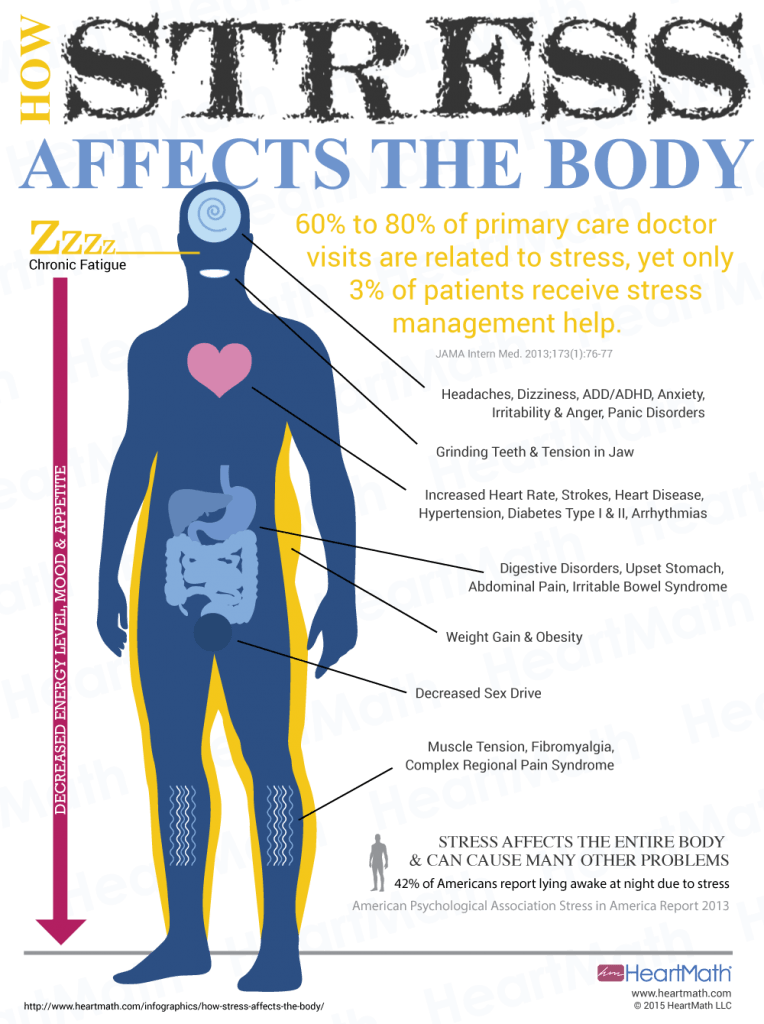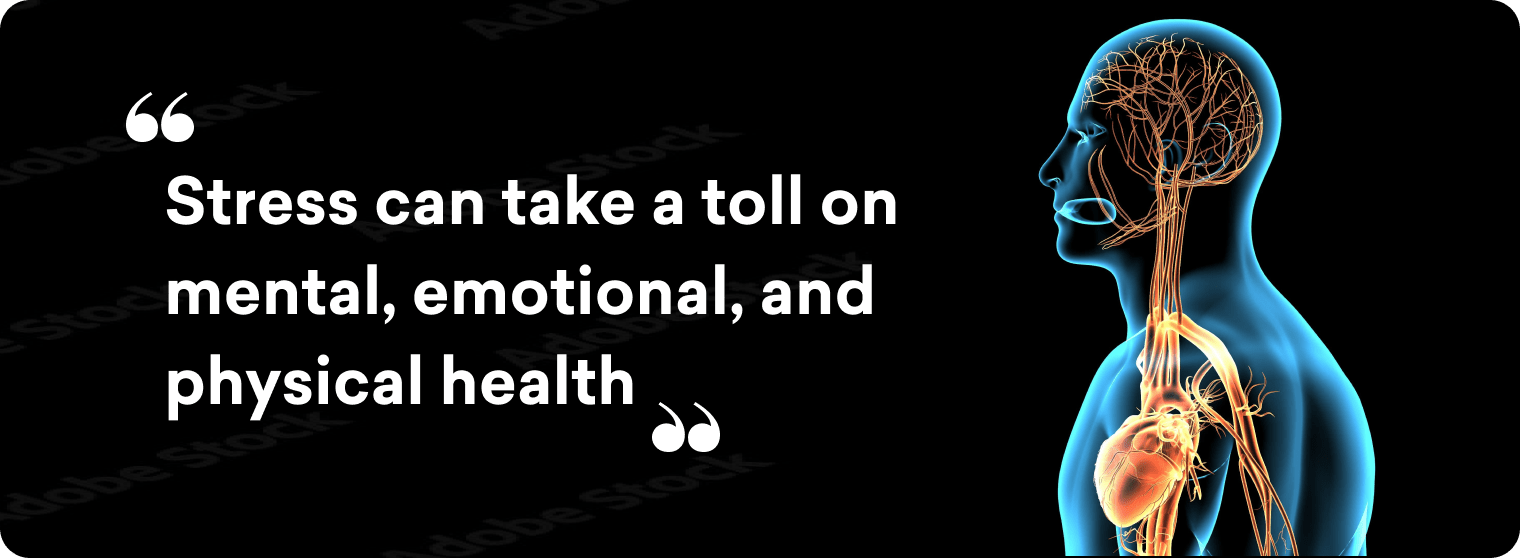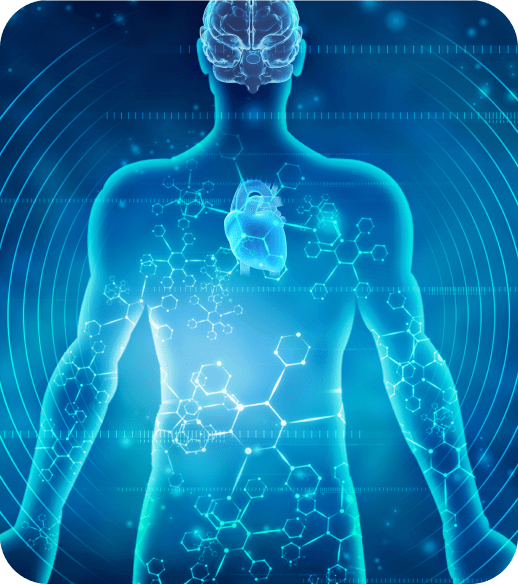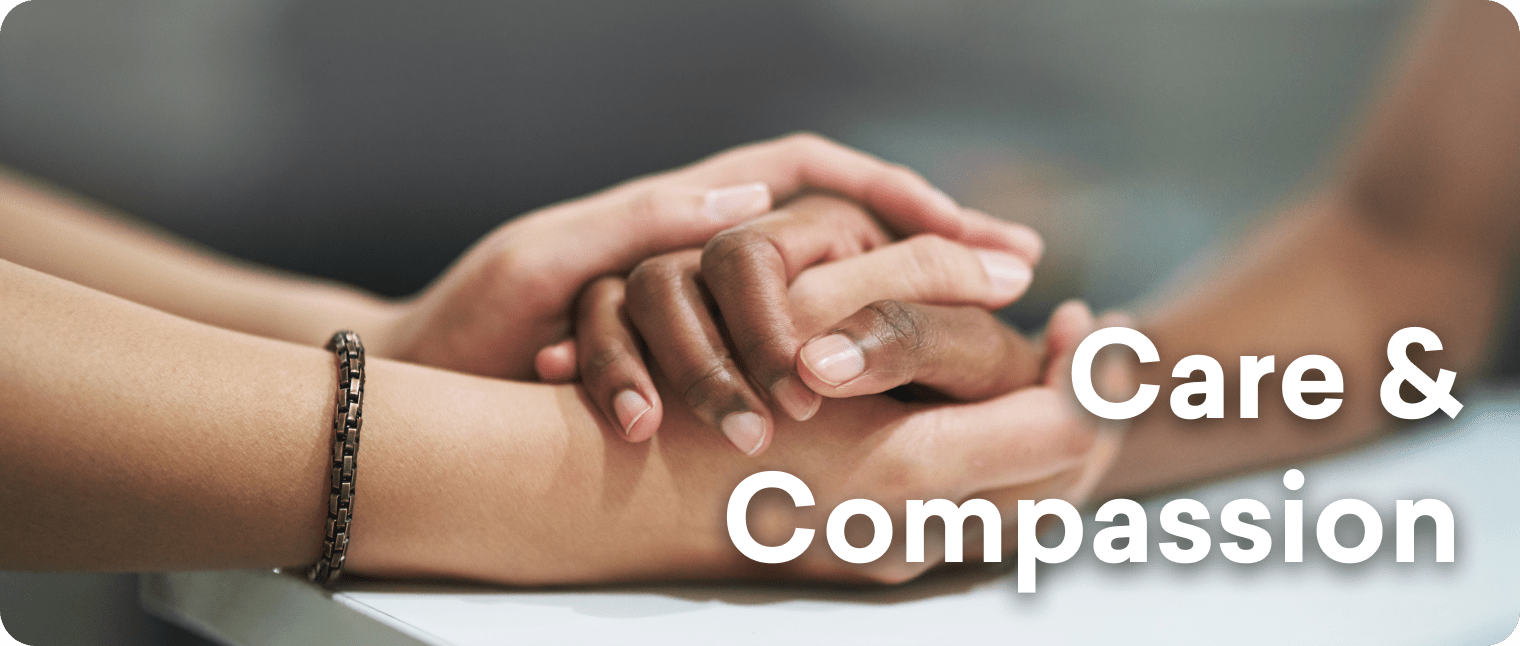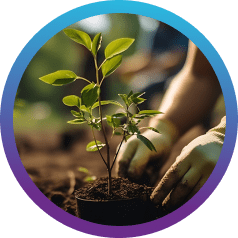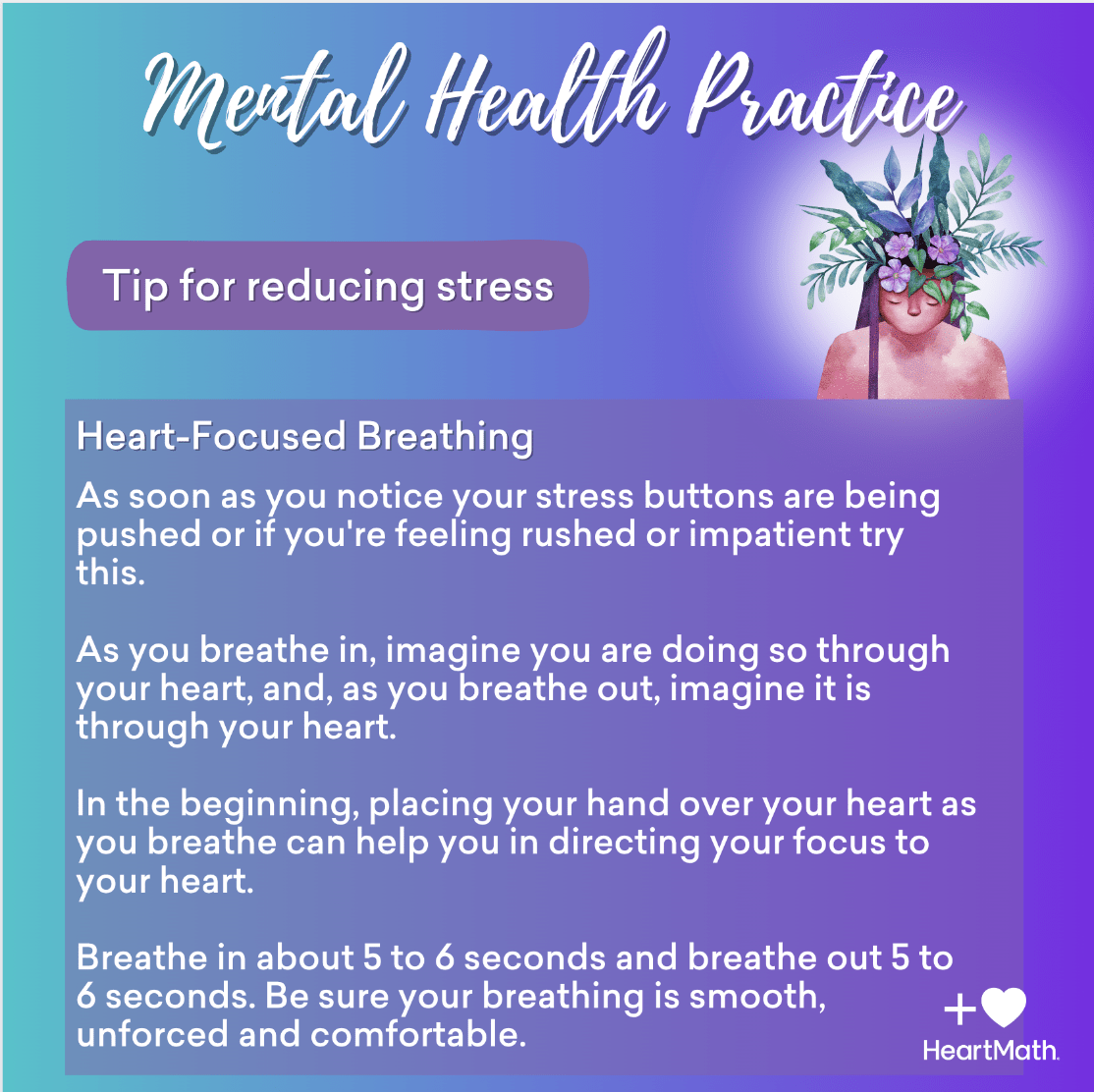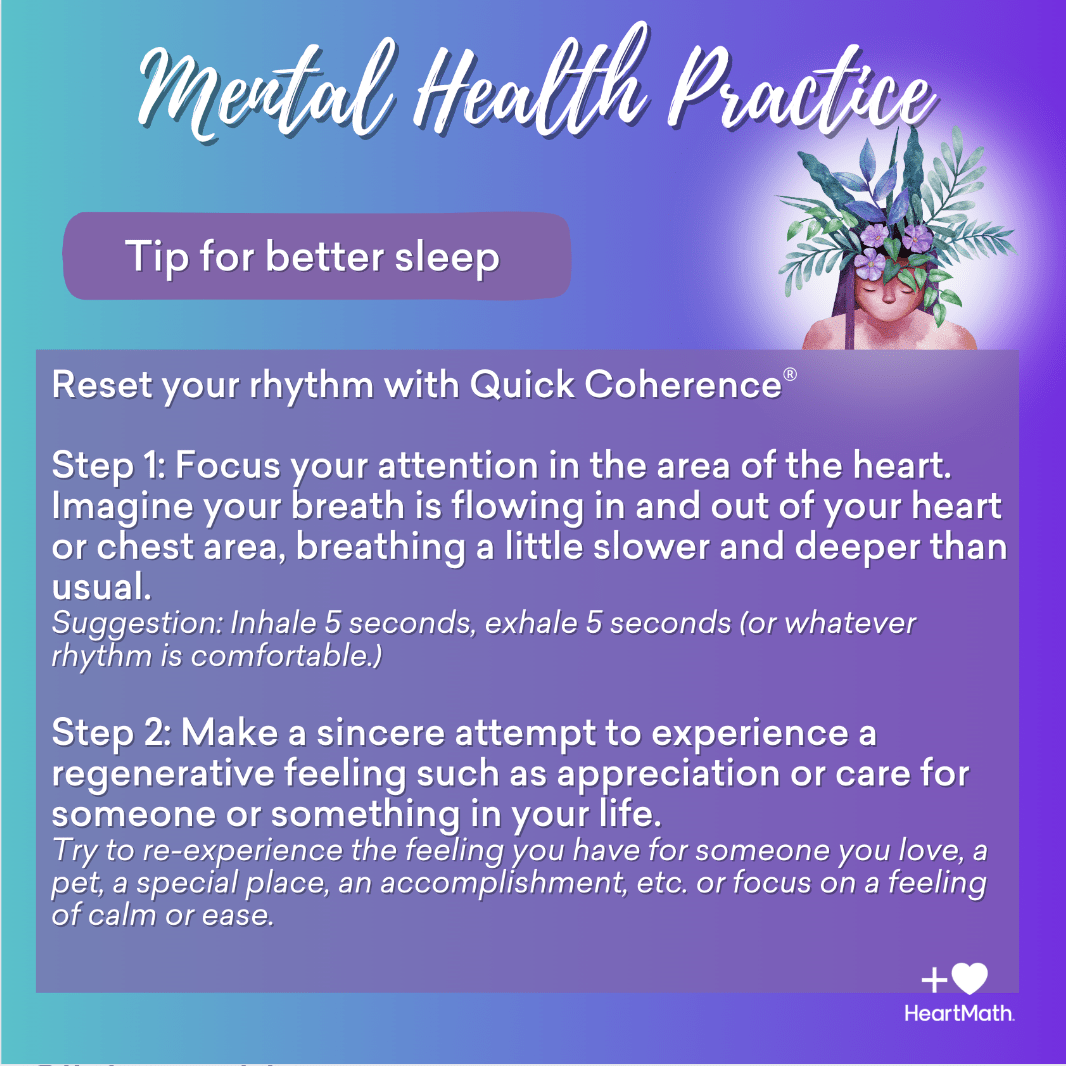“Out with the old, in with the new” is not just for the new year. It’s how we can create a new and better life. Within the process of moving from old to new, many of us are experiencing old issues we thought were healed or cleared coming up again. This is natural, especially during times of accelerated change in society. Rather than feeling discouraged, there is a more hopeful view. We can see these as traces of old patterns we no longer need coming up for more complete clearing. And here’s the best news: As old issues get cleared, this creates room for new heart-based perspectives and guidance to come in, which we all need in today’s times of intensity and change.
So How Do We Release Old Patterns as They Come Back Up?
First, it’s important to know that you are not alone, or wonder if you’ve done something wrong, or think that change is impossible when an old pattern resurfaces. Know that the shift energies on the planet are bringing up old programs for most people. No matter how real it feels, see whatever is coming up as not bad but simply as remnants of old stuff ready to release.
The key to releasing old programs is self-acceptance and self-compassion, rather than resistance, self-criticism, or self-doubt. The power to release unproductive thoughts and emotions comes from your heart. Draw on your heart energy with meaningful intent, and the same old perceptions and programs will ease out. The heart is stronger than negative patterns or stuck energies; it just takes some practice to let them go.
Another important approach is to not add more mental and emotional stress to an old perception and reaction, wondering why and wherefore, or adding significance to it. For example, if you tend to get irritated or triggered by what someone says or does, and you get out of balance, that can bring up other old issues and you may feel anger or feel sorry for yourself. Recognize the process but try not to over-identify with it. This can be hard to do at times when it feels so real – again. Instead, have acceptance of whatever comes up, make peace with it, and then move on. You’ll find if you do this with meaningful heart intent, most often it will release. It may come up again, but likely with less intensity. It’s worth it to just keep practicing, as new insights and a new you will awaken. You’ll become more of your true self.
Here’s another hopeful perspective that can help explain the process that’s going on. The rapid societal and global changes we’re all going through are creating a global stress energy. At times we can feel uncertain, anxious, or depressed, not knowing why or where it’s coming from. Just as we are clearing out old to make room for new, so too is our planet going through a clearing. Old structures are breaking down and old societal issues are coming to the surface to clear so that new effective solutions that serve the whole can come in. Without releasing the old, there isn’t space for new solutions. More people are realizing this and feeling the prompting of their hearts to release the old and come together to co-create a new world that works for all.
When people can’t release stress build up, it restricts the flow of their own spirit, followed by a feeling of compression. Some feel it as ongoing worry, anxiety, sadness, sleep problems, or they can’t think clearly. This also affects families and schools. As compression persists, it manifests in biological imbalances, such as nervous system or hormonal imbalances, and we can slide into depression. This happens in phases:
- Accumulated mental and emotional stress
- Lack of spirit impression (restricting spirit flow)
- Compression
- Biological imbalances
- Temporary or long-term depression
The Secret Hidden in the Open
The word “depression” means “low in spirit” or “dispirited.” Releasing depression and uplifting our spirit involves re-opening our heart. The heart is where the gifts of spirit are activated within the human system. That’s the secret hidden in the open. The need for more heart in our interactions is accelerating in the world. More people are looking to their heart for direction and answers because most everything else has been tried. Now is the time for each of us to increase our love, care, and compassion for each other and ourselves. Doc Childre, founder of HeartMath, created the Cut-Thru technique to help us re-open the heart, so more of our spirit can come in for healing and mental and emotional support. The Cut-Thru® technique helps to lift our spirit and gain the objectivity needed to release over-identity with issues that keep us from feeling peace and the renewal of hope and direction.
The Cut-Thru technique starts by helping us get into heart coherence to harmonize our heart and brain, which deepens our connection with spirit and intuitive insight. This powers up our ability to release old stuck programs. Harmonizing the heart and brain has many benefits, and one of the most powerful is it acts as a de-stressor on levels we aren’t conscious of yet. Instead of analyzing all the old hurts, resentments and judgments from our past, heart coherence lifts our awareness into new perceptions that help release compression and rebalance our mental, emotional, and biological systems, with practice.
More and more health professionals are now including heart coherence in their treatment for hopelessness and depression, rather than focusing on the problems that cause people to turn on themselves and deplete their system. Sure, there will still be challenges, but we can get over them quicker once we know how to re-open the heart, uplift the vibration of our spirit, and see new – like children do.
Letting go of Over-identity
Look at the Cut-Thru technique as a power tool to help us let go of over-identity. When we create excessive drama and over-identify with old stuff coming up, we can get pulled back into old perceptions, emotions, attitudes, and projections – creating a downward spiral of emotional stress. When we look at a relationship or the world situation through the lens of over-identity, we can take a judgmental stance often with partial information. People, politics, religions, and nations build belief systems based on identities and the result is often a blind refusal to understand another’s point of view. It prevents us from seeing a bigger picture so there can be no resolution or release. This is often the cause of chronic worry, sadness, lack of hope, and depression. It’s time to change and we can. Let’s start with our own challenges and activate the magic of the heart’s power of love, care, and compassion.
Here’s the Cut-Thru Technique. Take your time with each step. You may have to repeat it a few times to release the old and bring in new hope and direction. We finally have to create, not wait for things to improve.
Cut-Thru® Technique
- Become aware of your feelings regarding the challenge or issue.
- Focus your attention in the area of the heart. Imagine breathing ease or appreciation slowly and casually through your heart or chest area.
- Assume objectivity about your challenging feeling or issue, as if you were considering it from a neutral observer’s perspective.
- Rest in neutral, in your objective, mature heart. Soak any disturbed or perplexed feelings in the compassion of the heart. This can help dissolve the significance a little at a time. (It’s often the amount of emotional significance we put into an issue that creates a bigger problem than the issue itself.)
- After dissolving as much significance as you can, sincerely ask your heart’s intuition for appropriate inner guidance or insight for going forward. Ask your heart what really matters here. This is an important part of Cut-Thru.
Suggestion: If you don’t get an insight, find something to appreciate for a while and do Cut-Thru again at another time. Some things take longer because the emotional imprint was stronger—such as feelings of betrayal, abuse, trauma, etc.
The intensity of today’s times is providing a grand opportunity for us to wake up and realize that not a lot is going to change or clear without the heart’s power and intelligence being added to the process. More people are realizing that we really can help ourselves more than we think if we apply a genuine intention to our heart’s commitment. Humanity has just scratched the surface regarding the focused power of heart and love and its capacity for clearing and healing. Heartfelt alignment between our own heart, mind, and emotions is the foundation for getting along with our own self and with each other. With genuine practice, we can find within our heart the personal guidance and direction we need for our next steps along the path to becoming our empowered, true self.
